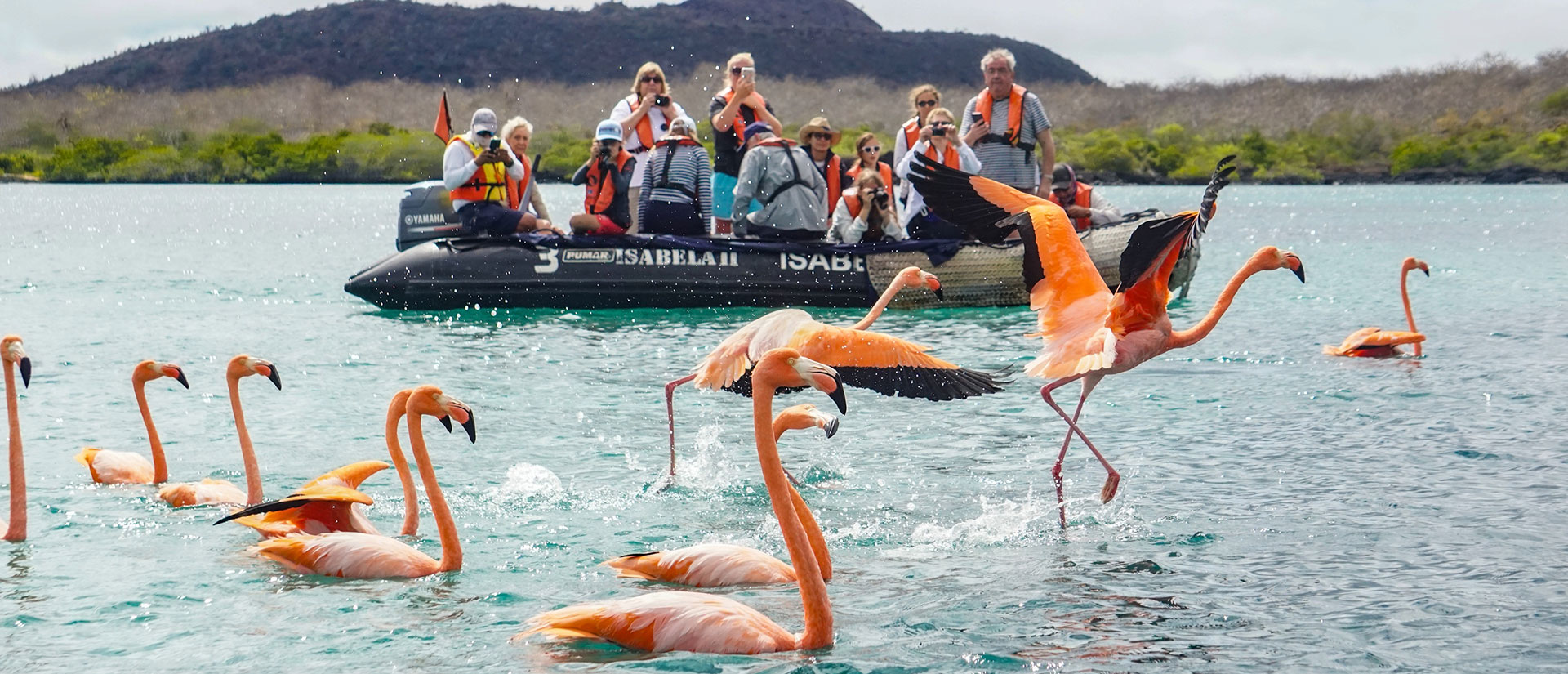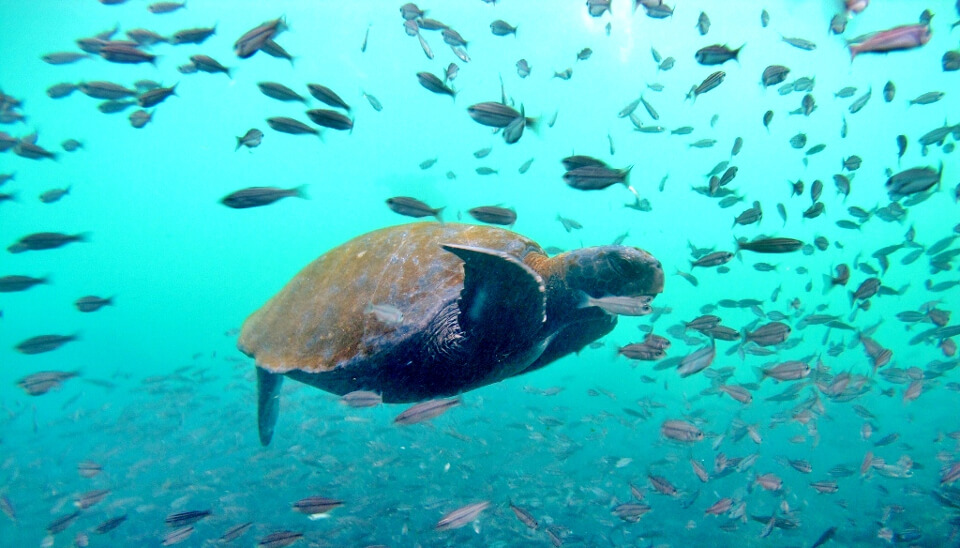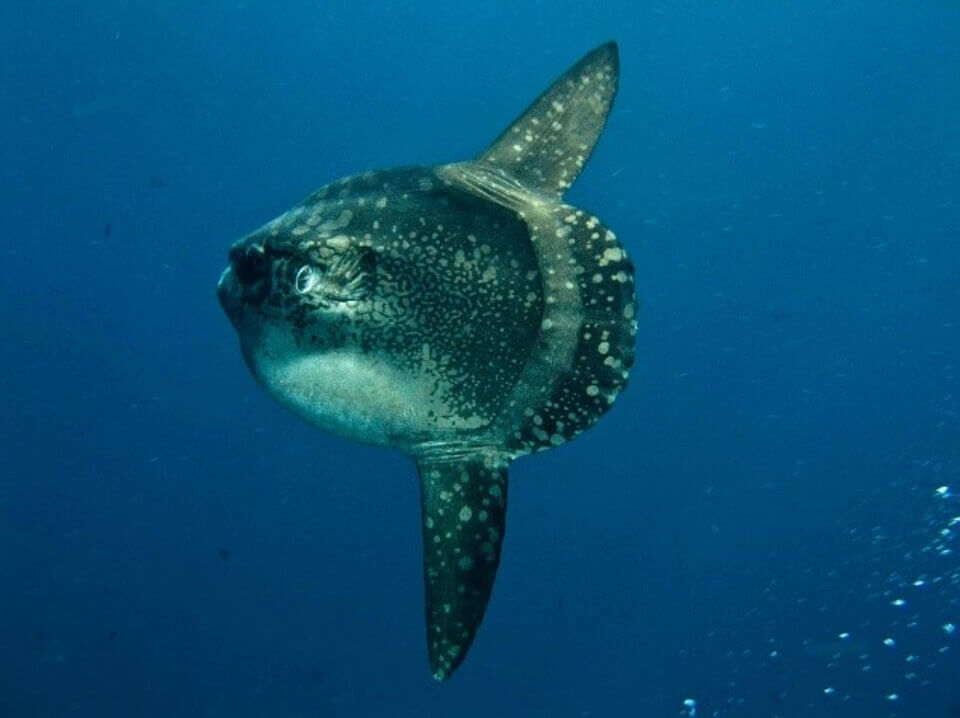
The whale shark is the biggest fish on the globe. This enormous fish continuously filters water because it has billions of tiny teeth dispersed throughout its body in place of large, sharp teeth. This is why the skin of most sharks feels like soft sandpaper.
On the other hand, cartilaginous fish are whale sharks. The largest and most well-known of these bony fish species is the mola mola, sometimes called sunfish in the Galapagos, which is also among the heaviest. It is recognized for its peculiar and beautiful appearance. See the amazing underwater video we were able to capture when we saw one earlier this week!
Its name refers more to the “basking” posture that they occasionally assume when floating than it does to the color yellow or the form of the sun. The anal and dorsal fins have developed into these enormous ores that are employed for propulsion, while the core region of the body is essentially round. These fish use the end of their bodies as a crude rudder as they lack a caudal fin. Porcupines, file fish, puffers, and balloons are all related to sunfish. These are extinct creatures that had amazing adaptations to their maritime habitat. Upon observing even one, one begins to question the exact portion of the fish they are observing. Odd!
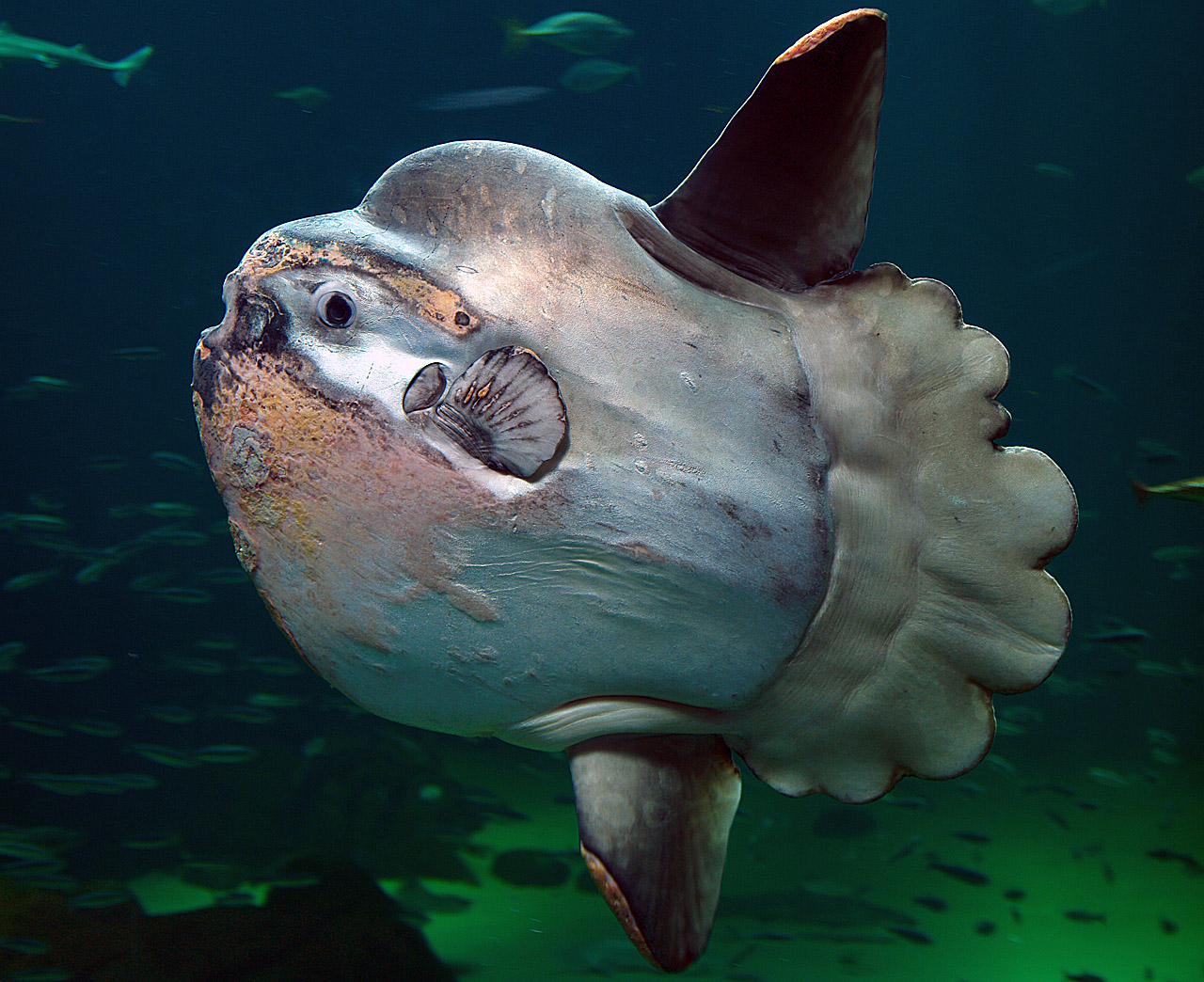
The Largest Fish On Earth Is The Mola Mola!
While traveling through the Northern Islands of the Galapagos on the Yacht Isabela II last week, we had a stunning encounter with one at Punta Vicente Roca on Isabela Island. I felt compelled to share this moment of beauty with all of our readers. When our visitors and guides spotted it, it signaled for them to board our skiffs and go exploring the inshore waters. This particular sunfish chose to defy all expectations and spend time with us both above and below the water’s surface. Normally, these fish don’t stay around swimmers or snorkelers for very long. How delightful!
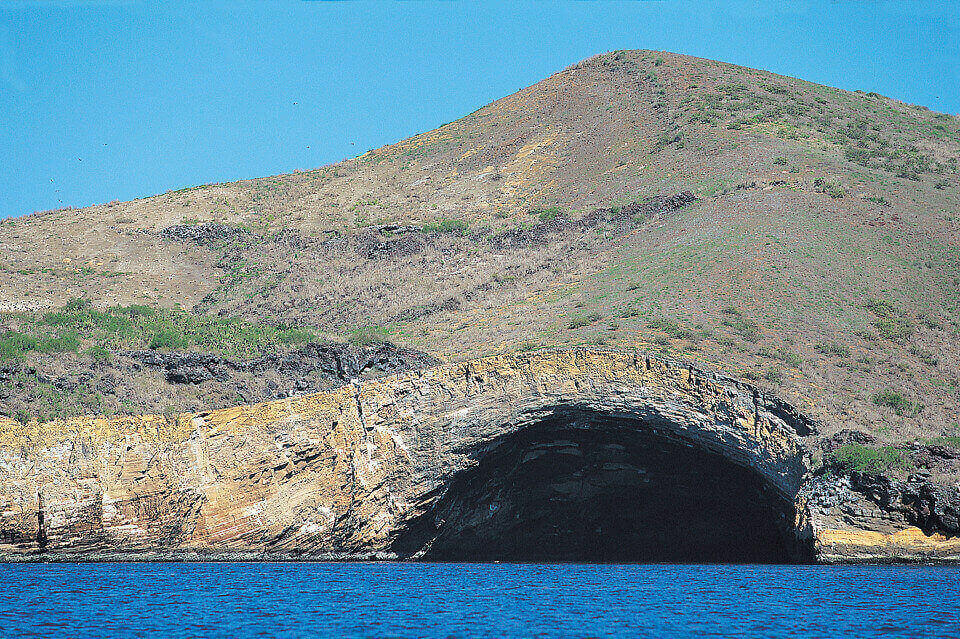
It Appears That Sunfish Use Locations Such As Punta Vicente Roca As Washing Stations
The sunfish was drifting in open water, just off the surface, softly. It twisted, whirled, and spun in all ways; and just when we thought it was going to swim away into the wide ocean or go far underneath, it just returned to where it had first made touch with us. It even allowed us to study its small mouth, which is well fitted with fused toothplates for effective biting, cutting, and swallowing, as well as its enormous dorsal fin and white-speckled flanks. The majority of the mola mola’s food in the Galapagos is jellyfish, although they will also consume salps, fish larvae, squid, and other items. Sharks, sea lions, and killer whales are among their list of predators. We were even able to see a few pilot fish, which live in symbiosis with the mola mola in the Galapagos. They were hanging around its mouth. The common mola mola, also known as the common ocean sunfish, is the scientific name for this species of mola mola found in the Galapagos Islands. There are five different species of this extinct fish in this group.
It is noteworthy to note, nevertheless, that mola mola encounters in the Galapagos are not common in these seas. In a really nice and extended interaction, this one even allowed us to grasp its natural history. When snorkeling the Galapagos Islands, if you come across a sunfish, simply be sure to approach it very gently, swimming gently and without making any splashes on the water’s surface. When you get close to it, attempt to identify which portion of its enormous body is the mouth and which is the back or end (keep in mind that it lacks a tail). Next, attempt to find its enormous vertical fins and its eyes that are disguised. You may make the sunfish your snorkeling companion by swimming sideways. You may now go bonkers and tell your pals that you saw and swam with the really strange sunfish! Definitely the biggest of all bony fishes and among the oddest fishes on the planet! Cheers to Mola!
Text and Images by Galapagos Expert Francisco “Pancho” Dousdebés
Additional Image Credits: Wikipedia, Mr. Dennis Ballesteros.
December 1st, 2017 in Punta Vicente Roca, Isabela Island, Galapagos: Latitude & Longitude: 0°04′18′′ S / 91°21′07′′ W


